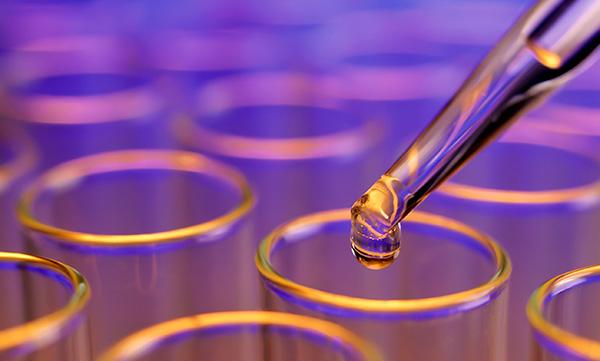In vitro assay development and cell-based assays are critical for successful drug development projects. Biological assay development is vital, from early target identification studies to preclinical and clinical testing. Poor assay qualification and assay validation approaches can lead to variable or irrelevant data, which may delay and prove costly. Whether it’s copy number qPCR analysis or LC-MS method development, assay development services are in constant search for improved assay testing approaches. As novel assay technologies emerge, scientists will face more challenges in biological assay development and implementation.
As the low-hanging fruit compounds in drug discovery saturates, drug developers are now focused on more complex diseases and sophisticated research models. The need to address challenging questions requires more informative and relevant biological assays. This requirement, in turn, needs novel analytical approaches and tools to reshape biological assay development. Therefore, the current article discusses the latest trends in biological assay development.
Emerging trend in biological assay development
Regardless of the assay system used in cell-based or genetic testing, researchers can only generate meaningful data based on robust model systems. Therefore, cell-based assays are gradually becoming a critical component in drug discovery and development studies. Moreover, recent technologies in stem cell technology have resulted in the use of human cell types instead of traditional animal-derived and immortalized cell models. Gene editing tools such as the CRISPR-Cas9 system have helped precision genetic engineers develop better disease models and genetic systems.
Phenotypic cell-based assays were largely lost due to the advent of target-based approaches in drug development. However, the recent resurgence of phenotypic assays over the past decade indicates that phenotypic assessments can be more adequate than target-centric methods in assessing first-in-class small molecule drugs.
Sensitive detection technology coupled with robust cell models has facilitated the use of phenotypic cell-based assays. Compared to target-based methods, phenotypic-based assays can study and screen compounds in a target-agnostic manner.
Toxicity and inefficacy are the primary reasons for drug compound attrition. Late-stage drug failure can cost millions of dollars. Besides, undetected toxicity poses both detrimental health outcomes to patients and devastating financial liabilities. Typically, conventional toxicology testing is performed in animal models at the preclinical drug development stage. Today, phenotypic analysis and in vitro cell models have helped drug developers conduct predictive cell toxicity assays in the early phases of drug development to screen more potential compounds and remove the ones with undesirable characteristics.
Kinetic measurements offer an extra layer of information to study the mode of drug action. Besides, an increase in therapeutic targets has improved bioanalytical assays that determine enzyme kinetics. Additionally, automated assays are advancing due to temporal measurements. The ability of an assay to measure cell behavior kinetics has opened avenues for new target compounds, while temporal phenotypic assessment of drug rates has helped researchers distinguish between different drug effects.
Moreover, the potential to evaluate experimental data from multiple methods is both daunting as well as an excellent opportunity. Today advances in standardization and data integration approaches have helped researchers gain deeper insights into bioanalytic classes and correlate data among different sources.
Must Read: ELISA Protein Assay Vs. Western Blot: Choosing The Right Method For Your Research



